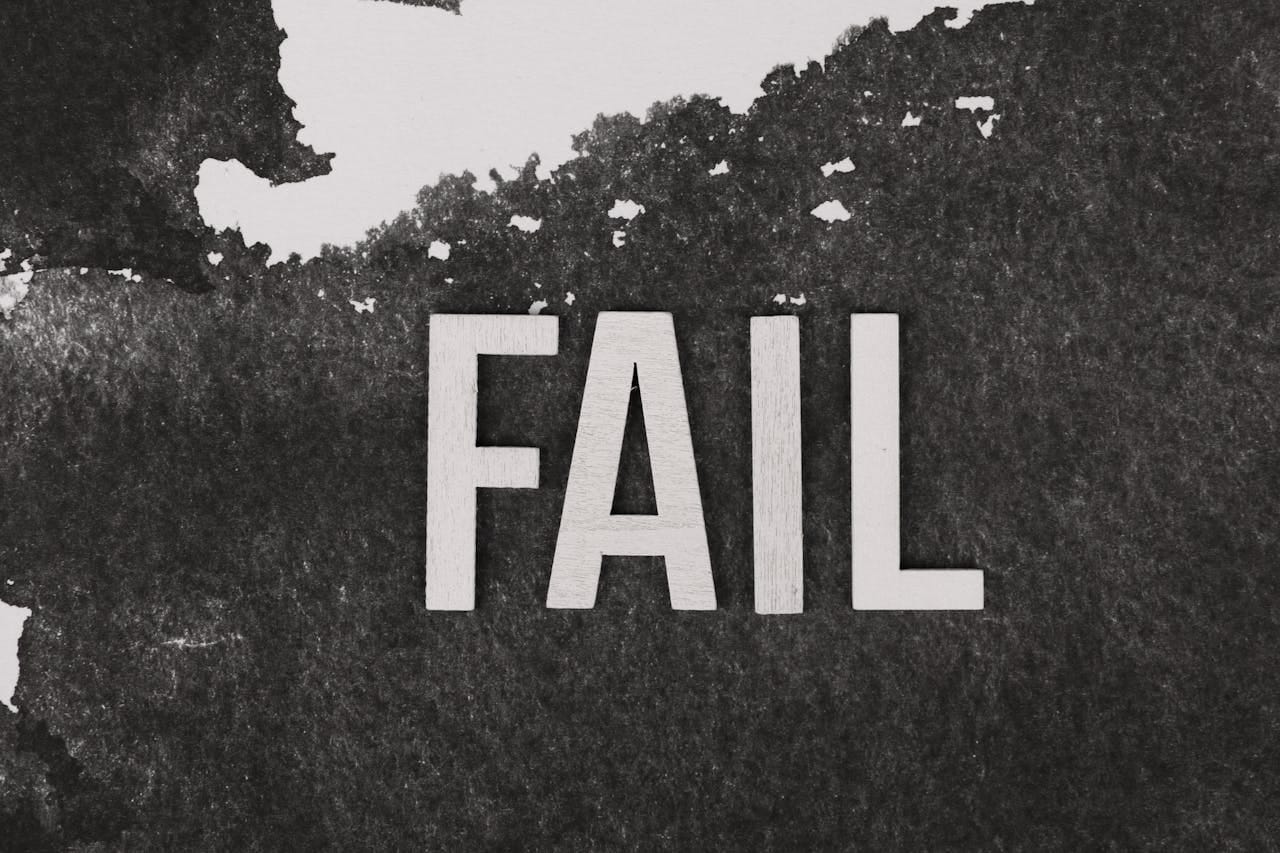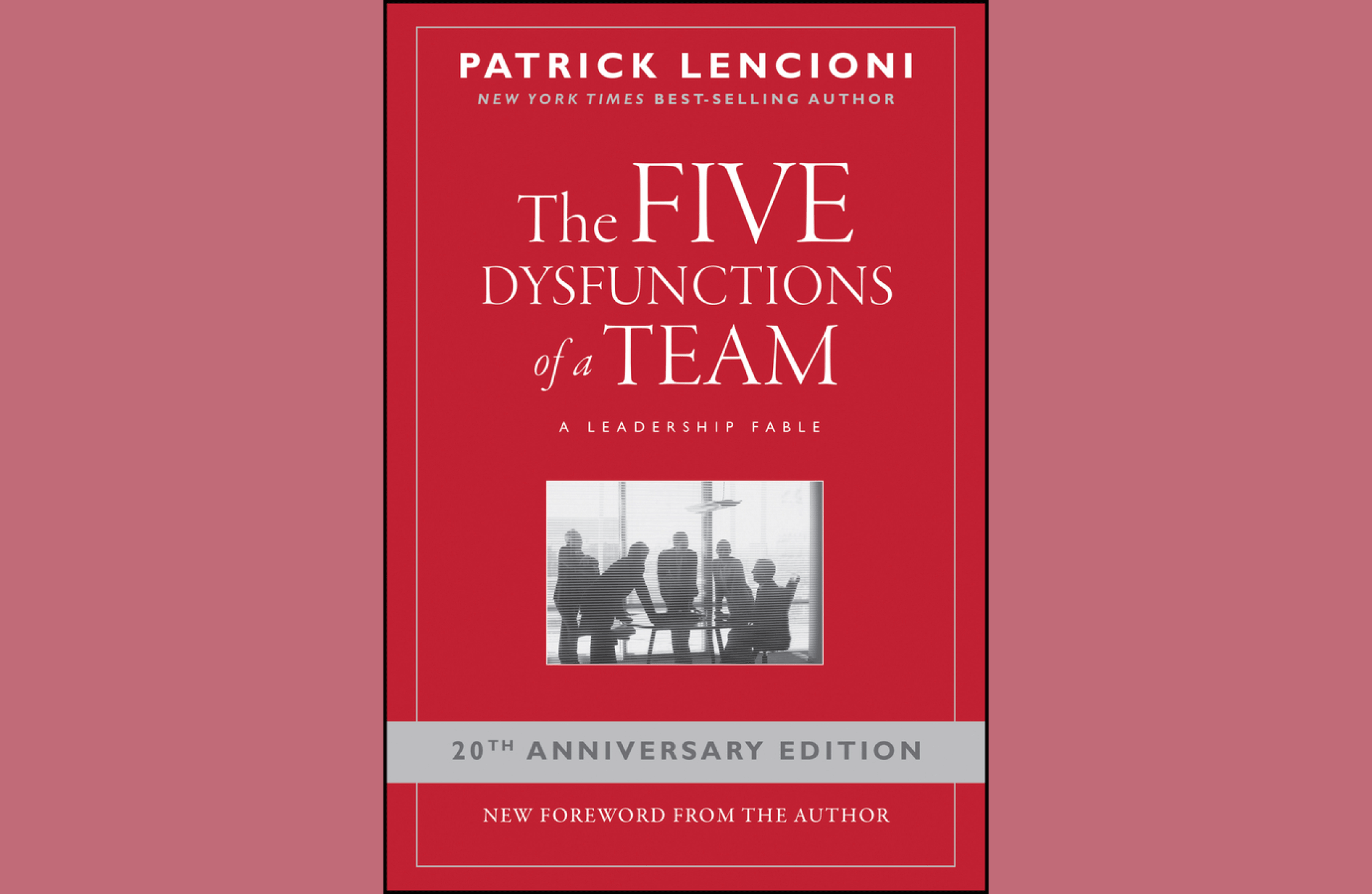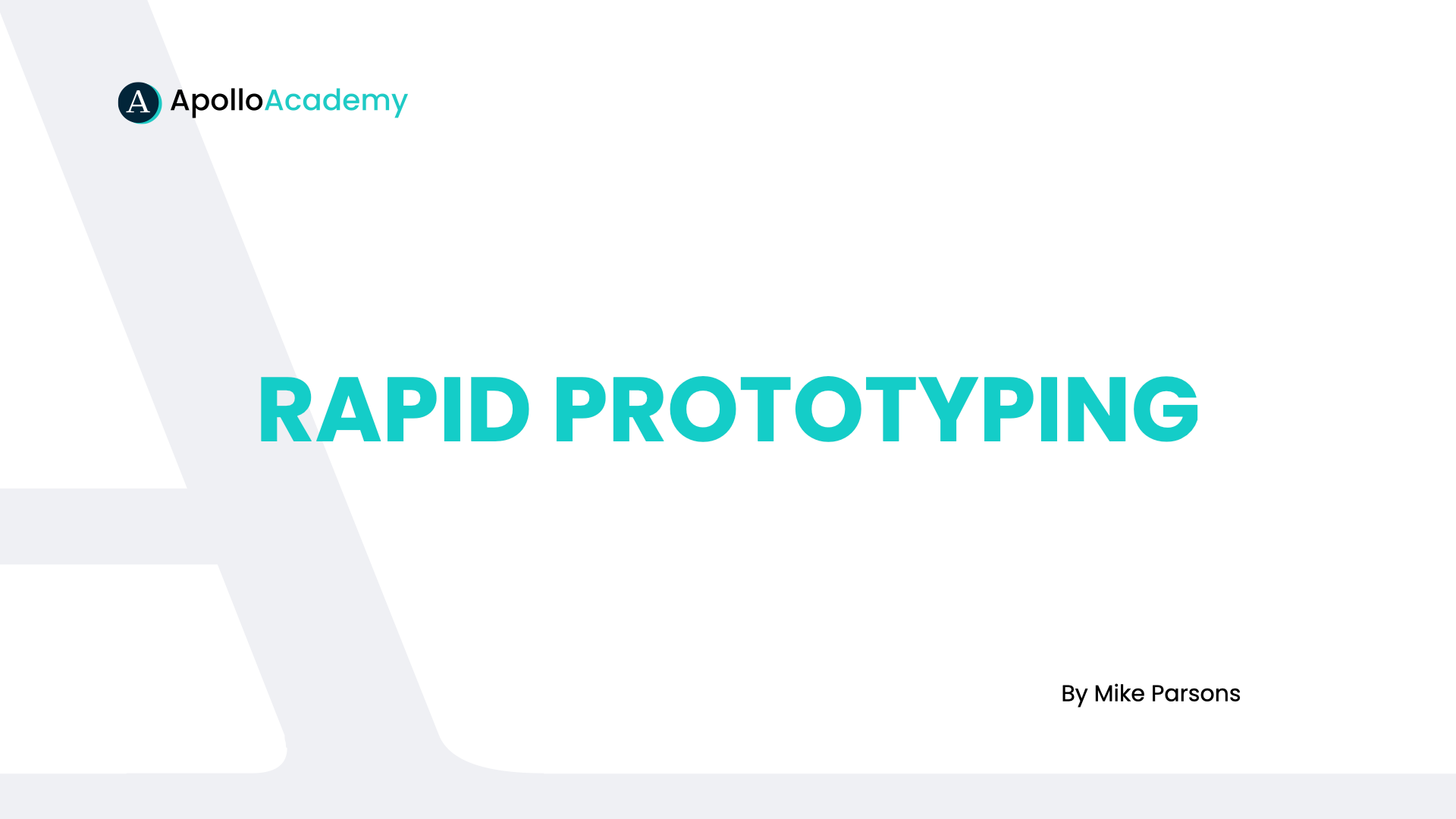Why Vision Fails: The Fascinating Truth About Better Execution
Discover why vision often fails to become a reality for startup CEOs. Learn how to bridge the gap between vision and execution with insights on CEO coaching, leadership development, continuous learning, and building an advisory board.

As a CEO, you’re driven by vision — the bold, transformative idea that sparked your business in the first place. You can see the future so clearly; it feels real. The product, the customers, the success — it’s all there in your head, perfectly formed.
And yet, despite all that clarity, something feels off.
Your team isn’t executing the way you need them to.
Your customers aren’t as happy as they should be.
And you’re stuck wondering:
“Why isn’t my vision coming to life?”
After years of building my own companies and advising dozens of CEOs, I’ve learned something fascinating about why this happens. It’s not about the idea itself, strategy, or competition.
It’s about people.
Most visions fail not because the idea is wrong but because the CEO couldn’t bridge the gap between vision and execution. The problem isn’t the vision—it’s how it’s communicated, how the team aligns around it, and how the business continuously learns and adapts.
This post starts a new series where I’ll explore the four pillars that help CEOs close this gap. In the coming weeks, I’ll go deeper into each area:
- CEO Coaching: Vision and Personal Transformation
- Leadership Development: Alignment and High Performance
- Learning Experiences: Workshops and Ongoing Learning
- Advisory Board: Strategy and Facilitation
Today, let’s start with an overview of why these four areas matter — and how they can transform your execution from sluggish to seamless.

1. CEO Coaching: Vision and Personal Transformation
Here’s a hard truth I’ve seen repeatedly: Most CEOs have the vision in their heads — but that’s where it stays.
They assume everyone on their team shares the same mental picture. They think, “I’ve explained it once; they should get it.” But the reality?
The clear picture in your head is a blur in the heads of your team.
I’ve been in meetings where CEOs passionately lay out their vision. They’re excited, animated, and inspired. But the team seems confused or disengaged when I look around the room. The CEO thinks they’ve shared their vision, but the team walks away, wondering what’s expected of them.
The first step to better execution is transforming yourself as a CEO.
You need to:
- Clarify your vision.
- Communicate it repeatedly.
- Ensure it lands.
I always ask the CEOs I work with:
“If I grabbed one of your team members right now, would they be able to describe your vision with the same clarity you have in your head?”
Nine times out of ten, the answer is no.
🛠 Practical Steps to Fix This:
- Translate your vision into clear, actionable language.
- Repeat it constantly — at every meeting, project, and everyday conversation.
- Share not just what you want to achieve but also why it matters.
Personal Insight:
Many CEOs don’t realize their biggest problem is communication. The vision crystal clear to you is a blur to your team. Your job is to close that gap by becoming a better communicator.

🎓 Recommended Course: The 90-Day Product Launch Playbook
One of the best ways to practice clarifying and communicating your vision is to have your team go through a structured 90-day product launch process.
This course walks you through:
✅ Defining a clear product vision that your team can rally behind.
✅ Breaking down the vision into actionable steps to ensure alignment.
✅ Creating a communication rhythm to keep the team engaged and on track.
If your vision isn’t catching on with your team, this course will help you translate your ideas into actionable plans and processes that bring everyone along.
2. Leadership Development: Alignment and High Performance
Once your vision is clear, the next challenge is getting your team to execute together.
I’ve seen it again and again: Teams don’t fail because they lack talent. They fail because they lack trust and challenging conversations.
Most teams avoid conflict. When things go wrong, they don’t address them head-on. They tiptoe around issues, avoid accountability, and delay decisions. Over time, this erodes trust, slows down execution, and frustrates the CEO.
I use Patrick Lencioni’s Five Dysfunctions of a Team to help CEOs fix this. His framework focuses on building trust, embracing healthy conflict, and creating a culture of accountability.
The truth is that tough conversations build stronger teams.
When teams trust each other enough to challenge ideas, push back, and give honest feedback, execution improves dramatically. Misunderstandings get resolved faster, ideas get better, and progress speeds up.
🛠 Practical Steps to Fix This:
- Build trust by encouraging vulnerability and honesty.
- Embrace conflict as a way to improve decisions.
- Hold people accountable — no more excuses or avoidance.
Personal Insight:
Most teams are stuck because they avoid tough conversations. As a CEO, your job is to create a culture where trust and accountability thrive. Without that, your team will never perform at its highest level.

🎓 Recommended Course: Five Dysfunctions of a Team
Based on Patrick Lencioni’s best-selling book, this course dives deep into the core dysfunctions that hold teams back and provides practical tools to fix them.
In this course, you’ll learn how to:
✅ Build trust by fostering vulnerability and honesty.
✅ Embrace healthy conflict to improve ideas and decisions.
✅ Hold your team accountable to ensure commitments are met.
If your team is underperforming or avoiding tough conversations, this course will give you the framework to transform them into a high-performing, aligned team that drives better execution.
📚 3. Learning Experiences: Workshops and Ongoing Learning (via ApolloSkills.com)
Here’s a common mistake I see in startups: Teams jump to solutions without fully understanding the problem.
I call it wishful thinking disguised as strategy. It’s when a team assumes they already know the answer, so they skip straight to execution without validating their ideas.
But the best companies don’t guess. They validate. They test. They learn.
At ApolloSkills, we’ve built workshops that help teams move from guesswork to real-world validation. These sessions teach teams to test ideas quickly, gather feedback, and improve their approach based on what works.
Execution isn’t a one-time task. It’s an ongoing process of learning, adapting, and improving.
🛠 Practical Steps to Fix This:
- Use frameworks to guide problem-solving.
- Validate assumptions with real-world testing and feedback.
- Build a culture of continuous learning and improvement.
Personal Insight:
Most teams rely on guesses and wishful thinking. The best teams get out into the real world, test their ideas, and adjust based on what they learn.

🎓 Recommended Course: Rapid Prototyping — How to Test Your Product Idea Before You Build It
This course teaches you how to validate your product ideas quickly and effectively before investing in full-scale development.
You’ll learn how to:
✅ Turn ideas into simple prototypes that can be tested quickly.
✅ Gather real-world feedback from users to refine your product.
✅ Save time and resources by avoiding costly mistakes.
If your team relies on guesses and assumptions to make decisions, this course will show you how to shift to a test-and-learn approach that drives more thoughtful execution and better results.
🤝 4. Advisory Board: Strategy and Facilitation
One of the smartest moves I’ve seen CEOs make is building an. But there’s a catch:
The best advisors aren’t investors or customers.
Why? Because investors and customers have deep biases tied to their financial position. They’re not always able to give unbiased advice because they’re invested in the outcome.
What CEOs need instead are independent advisors—people who believe in the company’s vision and want to help but aren’t financially tied to its success.
These advisors provide unfiltered feedback, challenge your thinking, and help facilitate tough conversations.
🛠 Practical Steps to Fix This:
- Build a diverse advisory board with independent voices.
- Seek out people who are excited about your vision but not financially tied to it.
- Use your advisors to challenge assumptions and provide fresh perspectives.
Personal Insight:
Too many CEOs rely on advice from investors and customers. The best advice comes from independent advisors who are in it to help you succeed, not to protect your interests.

🎓 Recommended Course: Trillion Dollar Coach — Lessons from Bill Campbell
This course is based on the life and legacy of Bill Campbell, the legendary coach to CEOs like Steve Jobs, Larry Page, and Eric Schmidt. It explores the principles of great leadership and advisory coaching.
You’ll learn how to:
✅ Build your trusted brain trust to support your leadership journey.
✅ Facilitate tough conversations that push your company forward.
✅ Lead with empathy and accountability to drive high performance.
If you want to create an advisory board that drives real impact, this course will teach you how to leverage coaching principles used by some of the most successful CEOs in history.
Personal Insight:
The right advisors won’t just tell you what you want to hear — they’ll let you know what you need to hear. This course will show you how to build a network of trusted advisors who are invested in your vision as you are.
Why Vision Fails: Turning Vision into Reality
Most vision fails because the people side of the business hasn’t been addressed.
If you focus on your people first, you’ll see success in the three other key areas every CEO needs to master:
- Product: Build the right thing with an aligned team.
- Profit: Generate sustainable revenue with a high-performing team.
- Promotion: Build a brand that resonates when your team becomes your most prominent advocate.
The mistake many CEOs make is focusing on outputs. Many CEOs make the mistake of focusing on outputs—product, profit, and promotion—without fixing the inputs: the people who make those things happen.
When you get your people right, everything else falls into place.
Coming Next: Exploring the Four Pillars in Depth
This is just the start of a series in which I’ll explore each of these four pillars in depth. Each post will explore practical steps, case studies, and actionable insights you can apply to your business immediately.
The vision is there. The question is: Are you ready to bring it to life?
Let’s Build Something Iconic Together.
At Apollo Advisors, we help CEOs close the gap between vision and execution through:
✅ CEO Coaching: Transform your leadership and clarify your vision.
✅ Leadership Development: Align your team and drive high performance.
✅ Learning Experiences (via ApolloSkills.com): Validate, test, and learn.
✅ Advisory Board Creation: Build a trusted brain trust.
Because your vision deserves to become reality.
👉 Reach out today to start your transformation.



